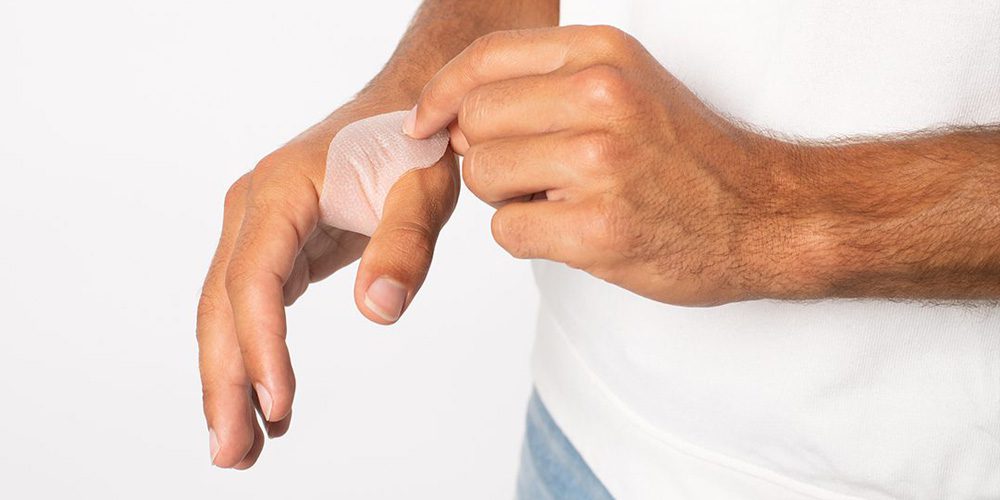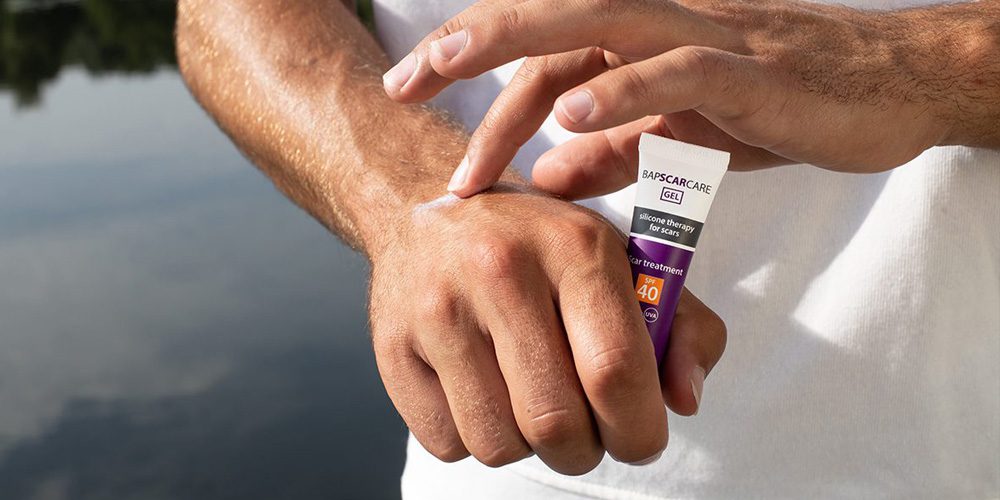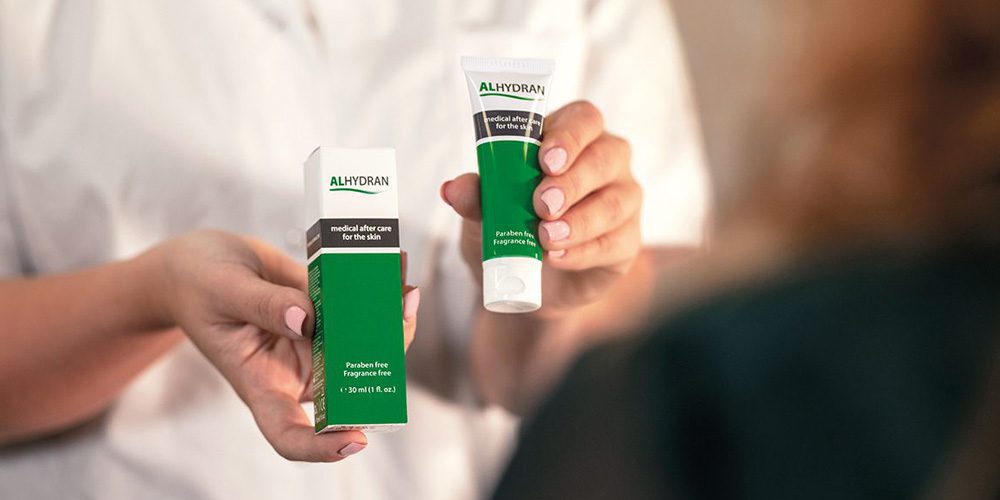Scar treatment
Scars are part of life, but sometimes things go wrong. Scar healing can then be abnormal. Patients want to prevent scars or at least limit scarring as much as possible. Which is exactly what our products do.
Scars are part of life, but sometimes things go wrong. Scar healing can then be abnormal. Patients want to prevent scars or at least limit scarring as much as possible. Which is exactly what our products do.
After an injury, the body wants to close the skin as soon as possible. If this happens, and happens quickly, you’ll have few complaints and the scar will be hardly noticeable. Infections or other causes may delay wound closure. The risk of thickening of the scar is then greater. A scar can cause annoying complaints such as dryness, pulling, itching, redness and pain. Fortunately, a scar can be treated as long as it is active.
There are three things you can do to prevent or limit abnormal scar growth and complaints:
And 3 steps for the treatment of (abnormal) scars:
UV radiation from sunlight can damage a scar. A newlyformed scar is not (yet) able to effectively resist UV radiation. This allows sunlight to enter the skin, unfiltered. A scar can then, for example, become much darker in colour and stand out more. Permanent discolouration of scars is common.
A scar needs additional protection for 1 to 2 years after its formation. So be careful with sunlight when the scar is still active, and use products with a high protection factor.
Our advice is to observe the recent International Scar Guidelines:
For example, use:
A scar loses more moisture than healthy skin. This can cause symptoms such as itching and pain. The scar may even become redder and thicker. Therefore, make sure that the scar is well hydrated and has good moisture retention. Prevent dehydration!
To allow your skin to recover properly, it is wise to apply a (scar) cream. This cream must contain humectants, occlusives and emollients. So use Alhydran, for example. For this purpose, it is best to use a moisturising cream that contains substances with the following 3 properties:
Avoid using a cream that could irritate the scar. Use products with as few preservatives, colourings and perfumes as possible, and those made especially for sensitive skin.
In order to protect a scar from drying out, the International Scar Guideline recommends silicone scar therapy in most cases. Silicone scar therapy helps:
Silicone scar therapy improves the moisture balance of the skin. This inhibits the production and growth of collagen (scar tissue). As of four weeks after wound closure, you can supplement scar treatment with hydrating cream by using medical silicone scar therapy.
The scar will become less thick and red, and symptoms will be less noticeable as itching and pain decrease. This is why silicone scar therapy is the recommended treatment, after Step 1 and Step 2, for the prevention and treatment of abnormal scars.
Silicone scar treatment lasts 6 to 12 months, on average. But scar treatment lasting 2 years is certainly not unusual. Use silicone scar therapy as long as the scar is painful, red or raised. The scar will usually be more flexible after a few days treatment. Improvement in terms of colour and thickness takes much longer.
The use of silicones in professional scar treatment is scientifically supported. Which is why medical silicone sheets have become the preferred therapy in professional scar care.
Silicone scar treatment works:
The effects are quickly visible:
Early treatment prevents abnormal scar formation!
For example, use:


